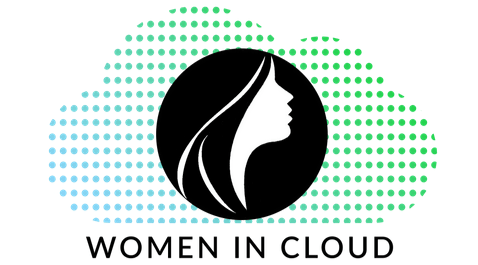Hyper-what?
Let’s start with; what does it mean to hyperscale in terms of technology? By definition, “Hyperscale computing is a distributed infrastructure that can quickly accommodate an increased demand for internet-facing and back-end computing resources without requiring additional physical space, cooling or electrical power.”
An example comes from companies like Microsoft, Google, and Amazon who have the capacity and resources to create a massive infrastructure with many servers in one data center. Those companies invest in the physical equipment to create a data center and carry the ongoing cost and responsibility of maintenance and world-class security. In 2015 alone, Microsoft invested more than a billion dollars in security research and development. **
Partnering with a hyperscaler is beneficial because instead of spending time, money and resources on physical infrastructure, partners can ‘rent’ out cloud space. Why build the entire data center when you can use a hyperscalers cloud and pay for only what you use, when you need it? Hyperscalers enable any company to dream big without being held back by the limitations of a large capital expense.
At Microsoft, we look to at companies (we call them our partners) to help us scale and to provide our customers with the solutions they need to digitally transform their business. “For everyone working with partners, I encourage you to ask yourself “what could be?” and explore new, creative ways to do interesting things that add value back to our platforms for customers” -Satya Nadella in Hit Refresh
Hyper-why?
So, you’re sold on the cloud. Wonderful. But there’s another huge reason beyond the ROI, security, and scalability of using a hyperscalers cloud. Companies like Microsoft, Google, and Amazon have an existing customer base, extensive sales team, and an experienced partner network.
Microsoft alone has over 3,500 field sellers who manage customers and are aligned with teams of technical resources. Leveraging customer/seller relationships to accelerate sales is a game-changing strategy for partners at every level.
Being able to sell with Microsoft is a fast way to augment and enable your own sales force. Joining the Microsoft Partner Network (MPN) opens the door to Go-To-Market benefits, which provides marketing and branding resources for partners.
Hyper-how?
Microsoft leverages its partner ecosystem to scale its solutions and digitally transform the way customers do business. One focus is having partners publish apps within the Microsoft Azure Marketplace and/or AppSource.
Within those marketplaces partners, list offers and trials, manage and monitor apps, and sell directly to customers within the Microsoft global ecosystem. Once the app has been published, there are additional Go-To-Market benefits like; Marketplace performance insights, White-glove Azure Active Directory (AAD) integration, and on-boarding and One Commercial Partner (OCP) catalog listing. The OCP catalog is especially influential, as it is utilized by Microsoft sellers to determine which partners have the solutions necessary for their customer’s digital transformation. Below is a link to more information on how to publish an app;
https://partner.microsoft.com/en-us/isv-resource-hub/publish-your-app
Whether the IP solution has yet to be developed or just needs help to move forward, the Partner Development Management (PDM) team at Microsoft can help. The PDM team works specifically with new solutions to get them into Microsoft Cloud and can help Independent Software Vendors (ISV’s) by engaging technical resources, publishing apps in Marketplace/AppSource, and becoming Co-Sell ready.
To significantly increase the reach, visibility and performance of an IP solution/app contact; ipdmteamus@microsoft.com
Next Steps to Partner with Microsoft:
- Get a Microsoft Partner Network ID (MPN ID). https://partner.microsoft.com/en-us/support/partner-center-help
- Have a conversation with a PDM about your solution; ipdmteamus@microsoft.com
- Visit the Microsoft Partner page to get more information for every level/partner type. https://partner.microsoft.com/en-US/
Credit : Nicole Sayler






Leave a Reply
Want to join the discussion?Feel free to contribute!